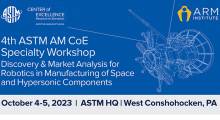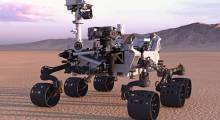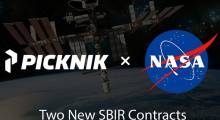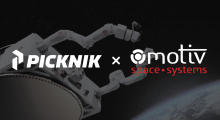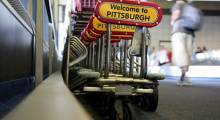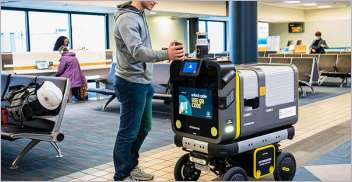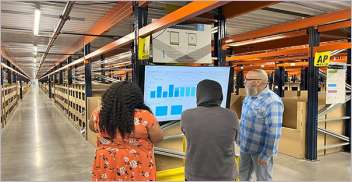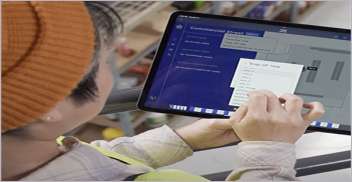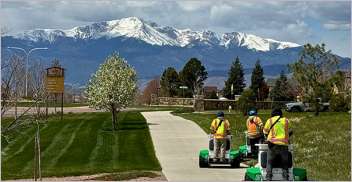Visionic, an Israeli-based company that creates optical guidance and control solutions for industrial applications, is using no-code software from Fuzzy Logic for a robotic automation application.
Aeronautics is a demanding sector that requires extremely rigorous and standardized industrial processes. For example, machined engine parts must be rendered particle-free before assembly, and are therefore subjected to meticulous cleaning at very high pressure. These noisy and arduous processes are currently performed manually. Operators exposed to high pressure water jets, up to 60 bars, pollution and noise are at high risk of MSD. Aeronautical manufacturers and subcontractors are having difficulty recruiting candidates for these jobs, which are also highly regulated and whose difficulty is closely monitored by the unions.
In order to reduce the difficulty of these tasks, manufacturers are seeking to automate them. Nevertheless, they are confronted with the complexity of robotization, due in particular to the diversity of the parts and their number, to the expert costs and to the lack of availability of roboticists.
In response to these specific and complex problems, Visionic has designed a robotic cell that includes a chassis, a robot, high-pressure hydraulic circuits, a filtration system and a closed-circuit particle recovery system. It is controlled with Fuzzy Studio from Fuzzy Logic. It allows the robotization of these complex tasks, without expertise in robotic programming and at lower costs.
Generating robotic trajectories requires long and complex programming by a roboticist. Automation is even more complicated for applications such as high-pressure cleaning of aeronautical parts that involve a large number of parts with variable geometries. With Fuzzy Studio, these complex trajectories are automatically generated in a few clicks using 3D information from objects placed in a virtual cell. It is possible to add an unlimited number of waypoints to these trajectories, according to the company.
“The key element of Fuzzy Logic's software is its ability to generate automated trajectories, its simplicity and speed of execution,” said Xavier Savin, CEO of Visionic. “In this complex application, it introduces a radically new paradigm that is a major shift from classical systems that require a robotic operator. Here, the payoff for our customer is the conversion of a tedious, risky, non-value-added task to a basic operator task.”
Ryan Lober, CEO of Fuzzy Logic explains, “With Fuzzy Studio, integration specifications are validated in minutes versus days or weeks and at lower costs. Cell sizing information is displayed for easy decision making, before moving on to real-time robot control with Fuzzy RTOS. Parameters can be quickly modified in the simulation. These advantages are unique in the market, and they allow to drastically reduce the investment risks of a robotics project. They offer the possibility to robotize where it seemed impossible.”
Article topics
Email Sign Up




